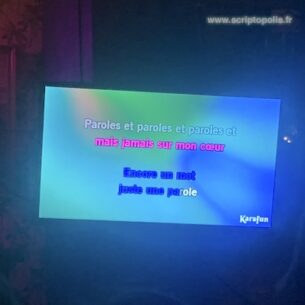The cross
We now talk behind masks and write behind glass. To justify being closed, to give the address of the website where to place an order or to inform about adjusted schedules. There are also all those little words that blossom to reconfigure the shopping area, including the famous “touching is buying” which makes the selection of unpacked products based on sight and makes the desire to consult the labels suspicious. There are also signs that pass through the image to hammer out government instructions or graphic marks that we are familiar with, without really examining them, such as the all-too-famous prohibition cross.
After the ten-minute regulatory queue, you enter your favourite tea shop. Your excitement wanes at the sight of the coloured cross, which alerts you to the evidence of this new world of health precaution in which you are having a hard time fitting in. You won’t smell the teas, you won’t handle the samples. The use of the senses is restricted to the home, the collectives that wear it are ebbing away. They are reconfiguring themselves, one might say with more optimism. It will then be advisable to flesh out one’s language with these words that sound a bit pitiful when pronounced and to trust as one would make a bet in this friendly salesman. This is what the upside down cross, which is multiplying, means here and now.







